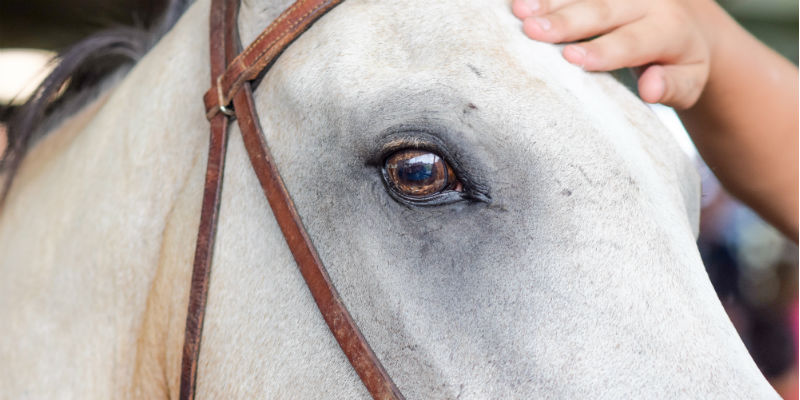Lyme Disease in Horses
Horses are exposed to many things because they are large mammals that spend most of their days out in the elements. Unfortunately, one of these things is diseases. You have probably heard about Lyme disease. It is transmitted by ticks to humans, cats, and dogs. You might not know however, that this disease can also affect horses. In humans, infections can lead to a wide range of clinical signs, including rashes, arthritis, and cardiac issues. For our house pets, Lyme disease can cause problems with the kidneys. Lyme disease in horses causes neurological issues, uveitis (eye inflammation), muscle atrophy, and behavioral changes, just to name a few.
In Colorado and other western states, Lyme disease is carried by the Western black-legged tick. These ticks have a two-year life cycle and feed on the blood of mammals to survive. Adult ticks are more active in the spring and fall. They climb to the top of the grass when temperatures rise above 40°F. When horses lie down in the grass or walk through tall grass, their hair brushes up against the leaves. This is typically how a tick attaches to the horse.
Equine Lyme Disease
The Centers for Disease Control and Prevention (or the CDC), reports that black-legged ticks are endemic in 14 states in the Midwest and along the East Coast. These areas have a cooler climate, therefore humans and house pets are unlikely to get the disease. Also, their geographical range appears to be expanding. However, horses live primarily outdoors, and are naturally at a higher risk of contracting Lyme disease.. In fact, horses might be more widely exposed to the disease than we realize. For information on equine Lyme disease, stay tuned for more upcoming articles on our blog. Are you looking for a horse property in Colorado? Don’t settle for a regular realtor that doesn’t have experience with horses. Contact one of our horse-person realtors today.


2 thoughts on “Lyme Disease In Horses”